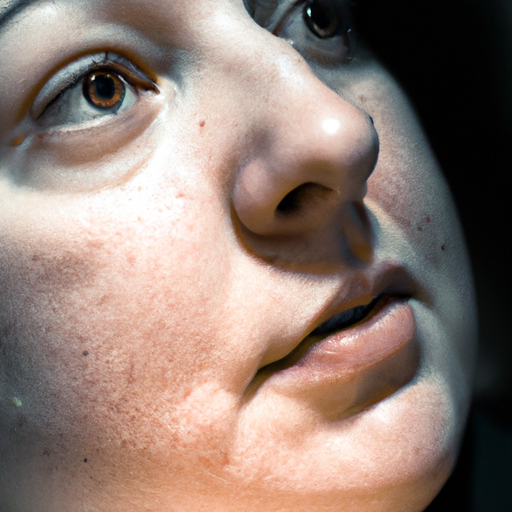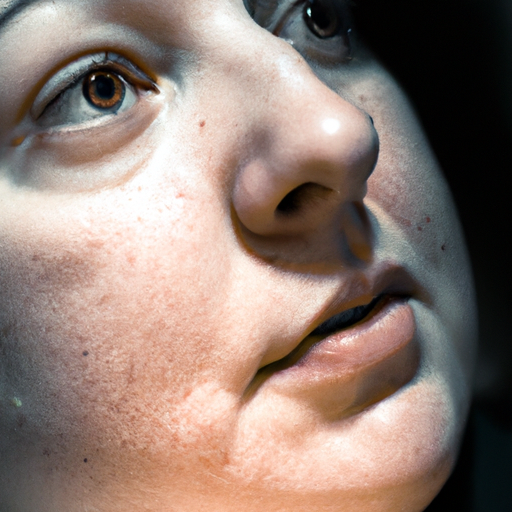As a dermatologist, I have had countless conversations with patients about the importance of skin exfoliation. It is a crucial part of any skincare routine, and when done correctly, it can unveil a radiant, youthful glow. This article aims to serve as the ultimate guide to skin exfoliation, providing insight into its benefits, methods, and how to incorporate it into your skincare routine.
Skin exfoliation is the process of removing dead skin cells from the surface of your skin. Our skin naturally sheds these cells every 30 days or so. However, this process can slow down with age or due to certain skin conditions. When dead skin cells are not effectively removed, they can accumulate on the skin’s surface, leading to dullness, dryness, clogged pores, and uneven skin texture.
Exfoliation offers numerous benefits. Firstly, it helps to reveal fresh, new skin cells underneath, giving your skin a radiant glow. Secondly, it aids in unclogging pores and reducing acne breakouts. Thirdly, by removing the barrier of dead skin cells, exfoliation allows for better absorption of skincare products. Lastly, regular exfoliation can stimulate collagen production, which helps maintain your skin’s elasticity and reduce the appearance of fine lines and wrinkles.
There are two main types of exfoliation: physical and chemical. Physical exfoliation involves using a scrub, brush, or sponge to manually remove dead skin cells. This method can be effective but must be done gently to avoid damaging the skin. Over-exfoliation can lead to redness, irritation, and sensitivity.
Chemical exfoliation uses acids or enzymes to dissolve dead skin cells. Alpha hydroxy acids (AHAs), beta hydroxy acids (BHAs), and retinoids are common ingredients in chemical exfoliants. AHAs like glycolic and lactic acid are water-soluble and work on the surface of the skin, making them suitable for dry or sensitive skin. BHAs like salicylic acid are oil-soluble, penetrating deeper into the pores, thus ideal for oily and acne-prone skin. Retinoids, on the other hand, work by accelerating cell turnover.
The choice between physical and chemical exfoliation depends on your skin type, concerns, and personal preference. If you have sensitive skin, a gentle chemical exfoliant may be a better choice. For those with oily or acne-prone skin, a BHA-based exfoliant can help unclog pores and reduce breakouts.
Incorporating exfoliation into your skincare routine should be done gradually. Start by exfoliating once a week, then gradually increase to two or three times a week if your skin tolerates it well. Always follow up with a moisturizer to hydrate your skin and a broad-spectrum sunscreen during the day, as exfoliation can make your skin more sensitive to the sun.
Remember that everyone’s skin is different. What works for one person may not work for another. It’s crucial to listen to your skin and adjust your routine accordingly. If you’re unsure about which exfoliation method is right for you, consult with a dermatologist or a skincare professional.
In conclusion, skin exfoliation is a powerful tool in achieving radiant, healthy skin. By understanding its benefits and how to properly incorporate it into your skincare routine, you can unveil your skin’s natural glow. As with any skincare practice, patience is key. With consistent and proper exfoliation, you’ll start to see improvements in your skin’s texture and appearance over time.




